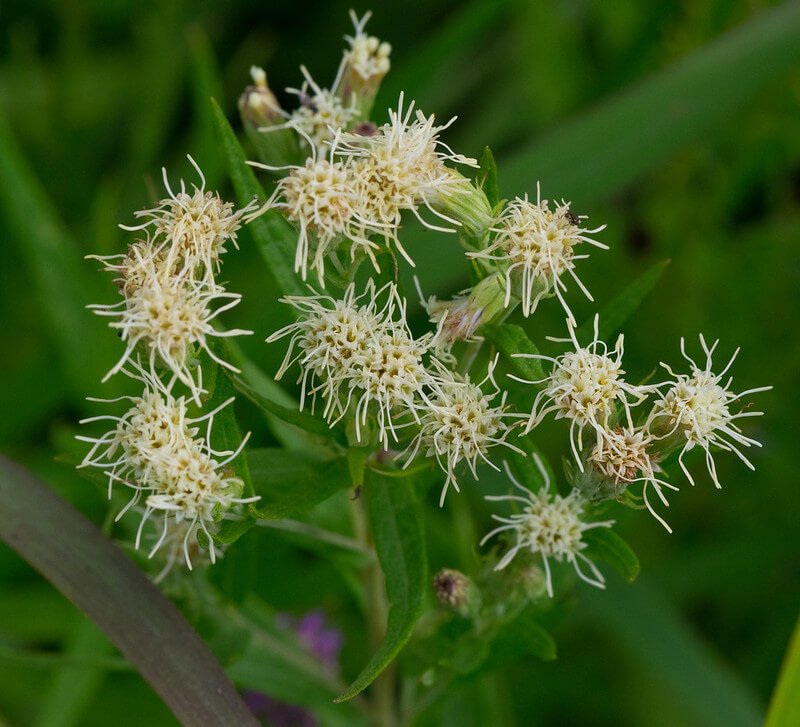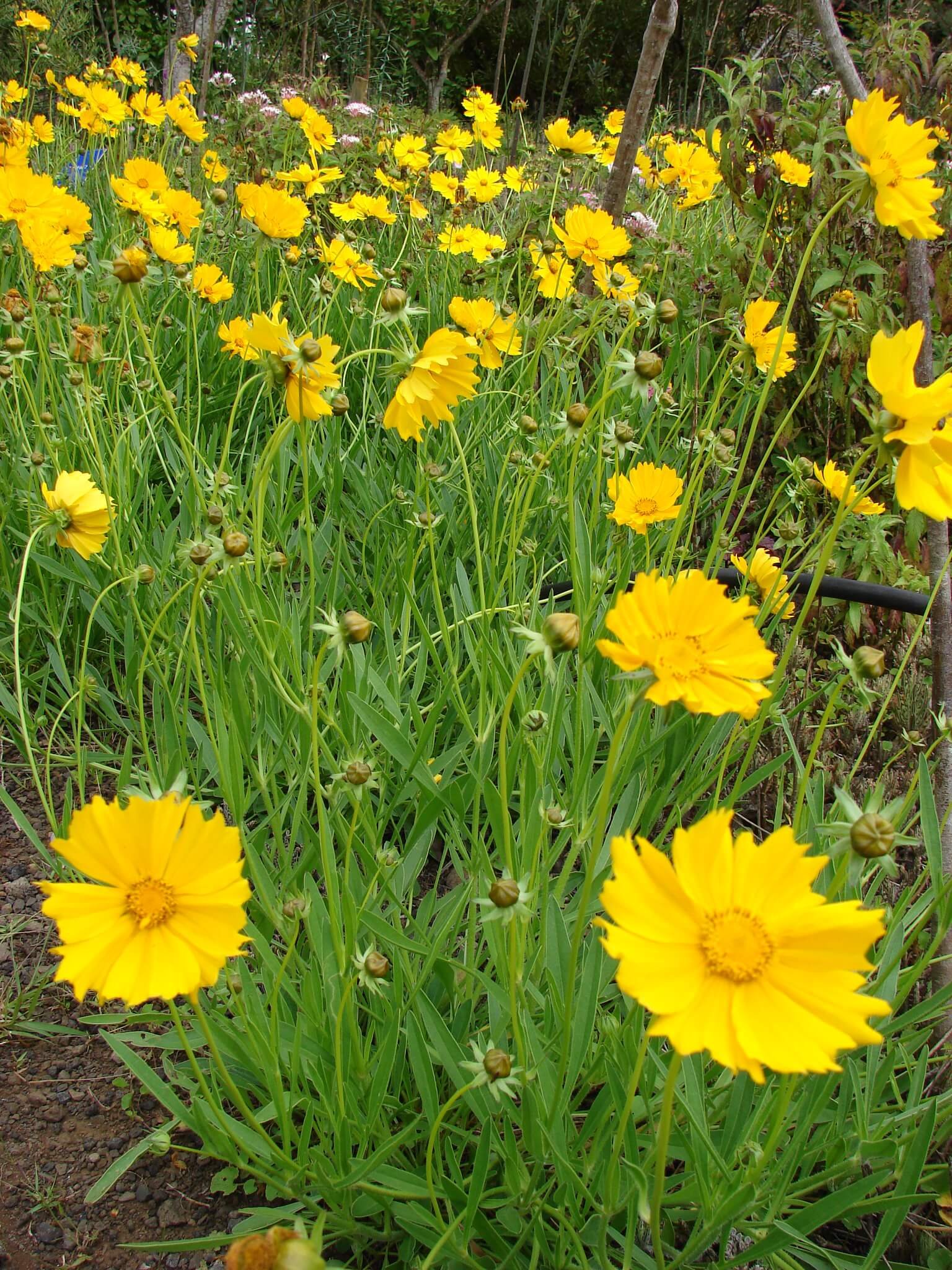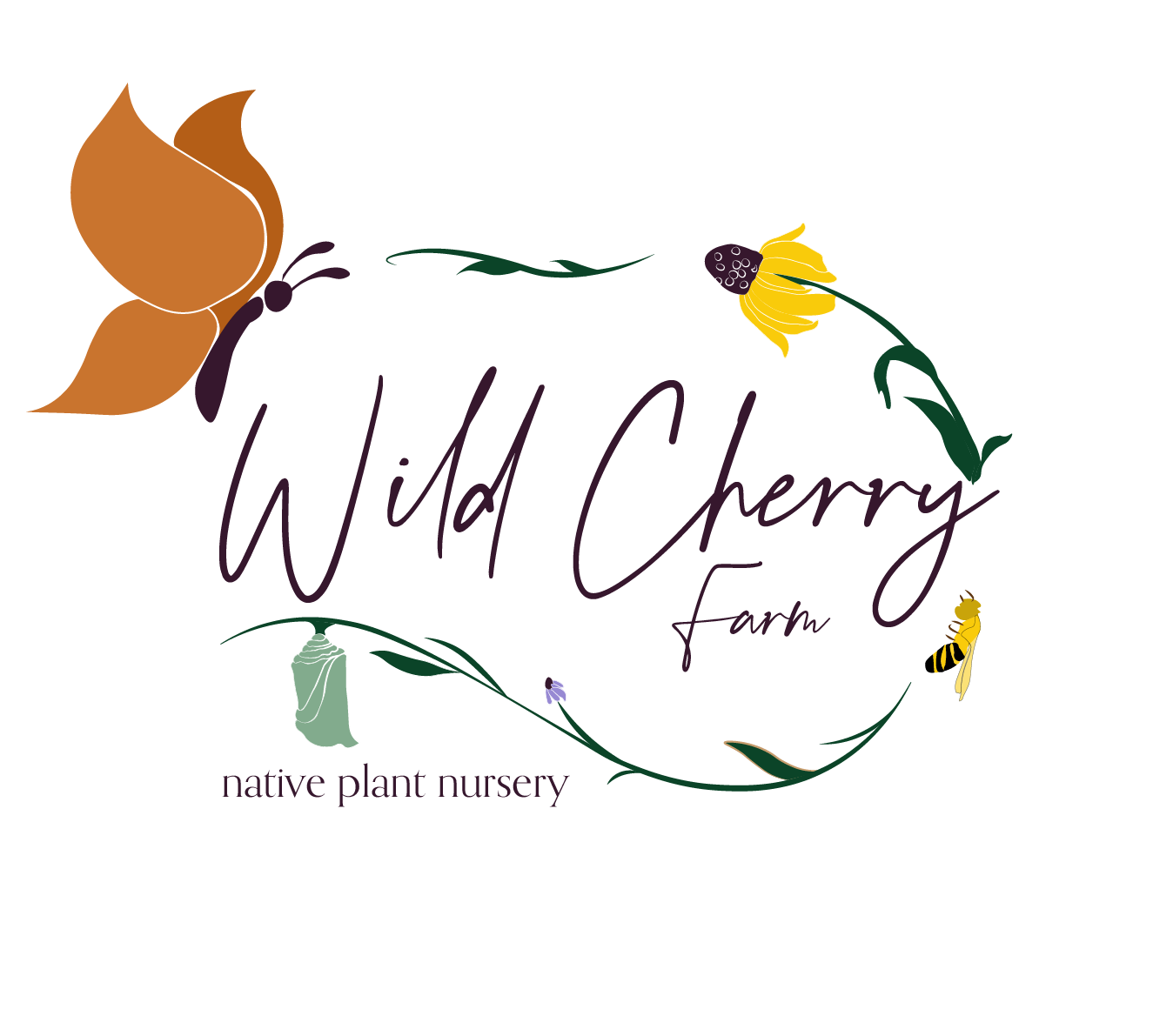 Image 1 of
Image 1 of


False Boneset (Brickellia eupatorioides)
False Boneset attracts many different kinds of native bees, butterflies, and skippers who come for the nectar and pollen (illinoiswildflower.info). It is the host plant to a couple of moths in our area and it is recommended as a monarch nectar source by the Xerces Society (Xerces.org). False Boneset is a food source for many grasshoppers and what eats grasshoppers? Birds and we all want to provide an important food source to many birds right? False Boneset is also considered a plant of special concern in Michigan, so while you may not be preserving the plant that was once here, you are creating habitat for all of the species that may need it for survival (mnfi.anr.msu.edu). Deer and other mammals tend to leave this one alone.
Photo credit: Joshua Mayer
False Boneset attracts many different kinds of native bees, butterflies, and skippers who come for the nectar and pollen (illinoiswildflower.info). It is the host plant to a couple of moths in our area and it is recommended as a monarch nectar source by the Xerces Society (Xerces.org). False Boneset is a food source for many grasshoppers and what eats grasshoppers? Birds and we all want to provide an important food source to many birds right? False Boneset is also considered a plant of special concern in Michigan, so while you may not be preserving the plant that was once here, you are creating habitat for all of the species that may need it for survival (mnfi.anr.msu.edu). Deer and other mammals tend to leave this one alone.
Photo credit: Joshua Mayer
False Boneset attracts many different kinds of native bees, butterflies, and skippers who come for the nectar and pollen (illinoiswildflower.info). It is the host plant to a couple of moths in our area and it is recommended as a monarch nectar source by the Xerces Society (Xerces.org). False Boneset is a food source for many grasshoppers and what eats grasshoppers? Birds and we all want to provide an important food source to many birds right? False Boneset is also considered a plant of special concern in Michigan, so while you may not be preserving the plant that was once here, you are creating habitat for all of the species that may need it for survival (mnfi.anr.msu.edu). Deer and other mammals tend to leave this one alone.
Photo credit: Joshua Mayer
Life Cycle: Perennial
Sun Exposure: Full sun, but a little shade is tolerated
Soil Moisture: Medium/dry-Dry
Height: 3 feet
Plant Spacing:
Bloom Time: August-September
Bloom Color: Cream
Advantages: Pollinator Favorite, Bird Favorite, Deer Resistant
Host Plant: 2 species of butterflies and moths use this as a caterpillar host plant in our area (nwf.org)(illinoiswildflower.info)
Species of Concern: State Status: Special Concern, State Rank: Imperiled (mnfi.anr.msu.edu)





